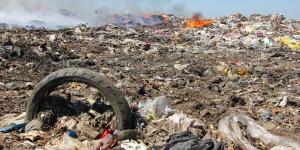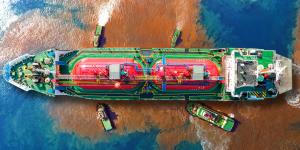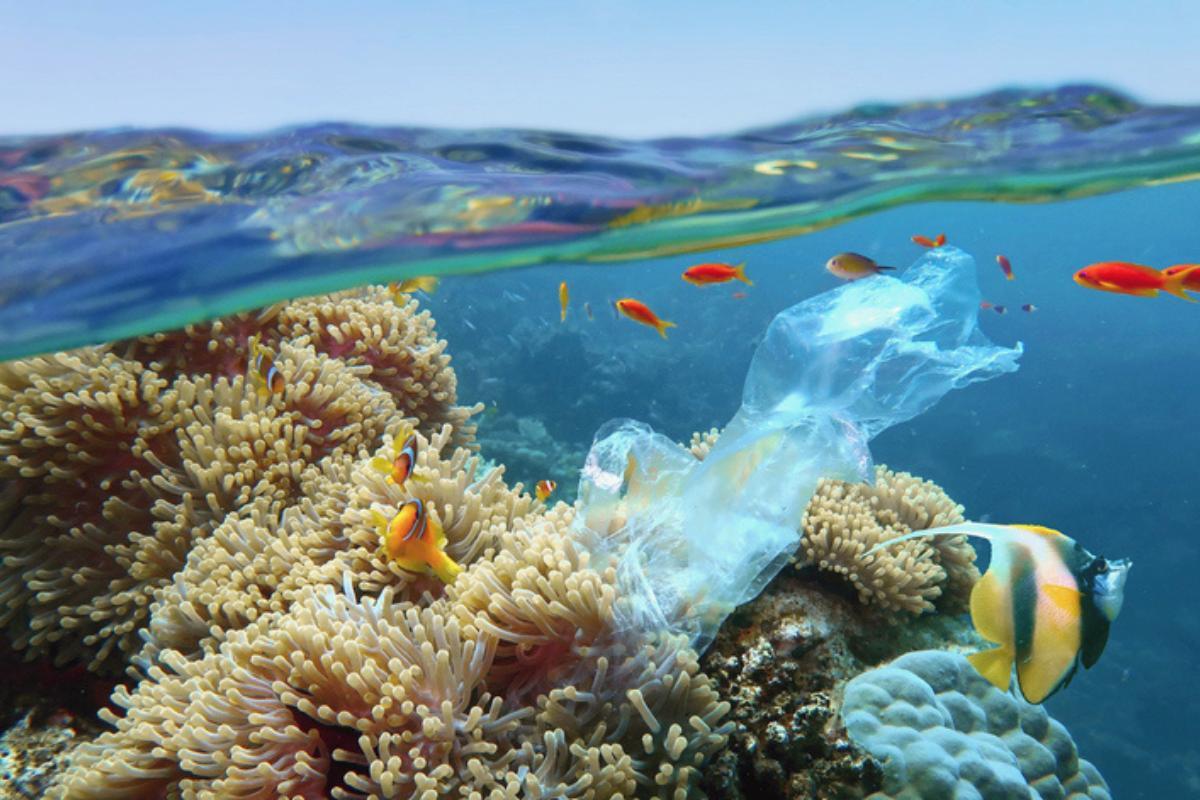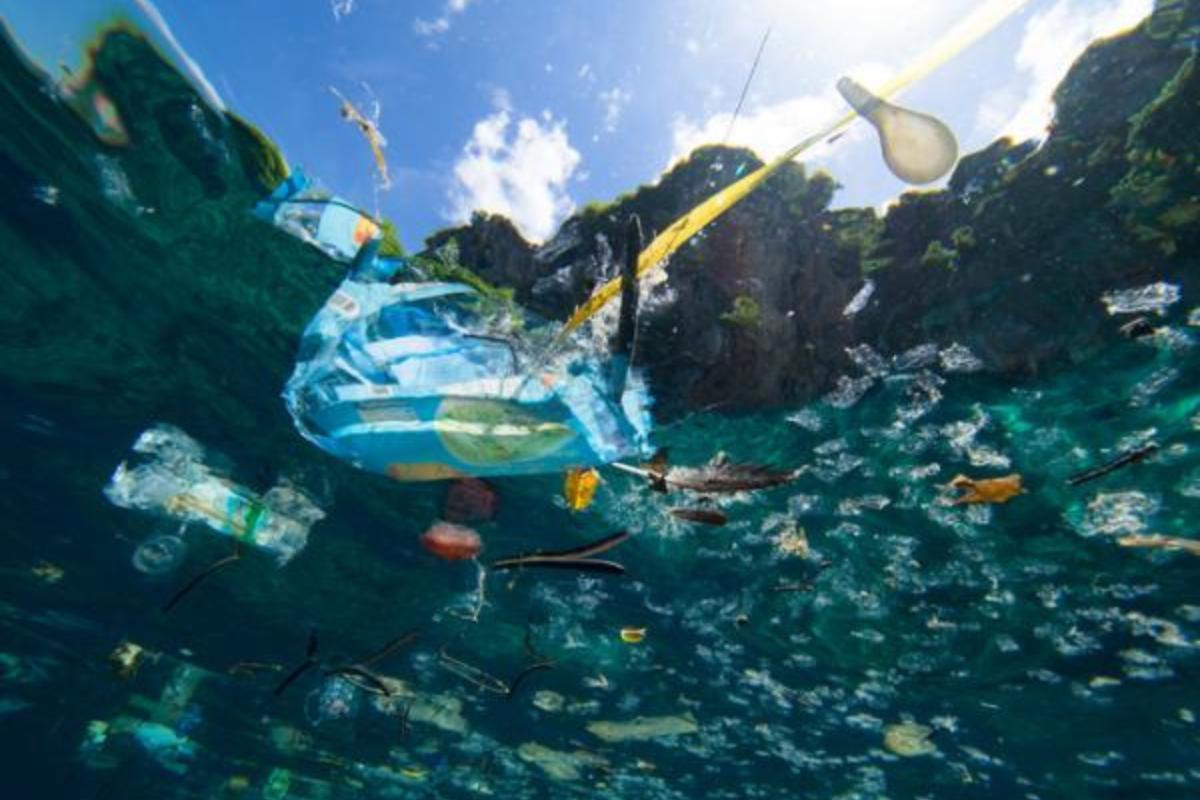Plastics in the Ocean - Causes, Consequences and Solutions


Pollution of the seas and oceans is a major environmental problem for mankind. There is a huge amount of garbage in the sea, and more than 80% of it is plastic waste found from surface waters to deep-sea sediments. In fact, at least 14 million tons of plastic end up in the ocean every year. Can you imagine an ocean with more plastic than fish? It sounds like science fiction, but the truth is that if we continue to use as much plastic as we do today, we will likely outweigh all fish in the sea.
In the following thedailyECO article, we will discuss the causes, consequences, and solutions to plastic pollution in the oceans.
Causes of plastic in the ocean
In order to properly understand this pressing environmental issues, we most first understand how plastic ends up in the ocean in the first place. There are a number of scenarios that may occur when we dispose of plastic items, such as food wrappers, plastic bags, razors, bottles, etc. These may end up:
- In a landfill
- Incinerated
- Recycled
However, the action of wind and rain can cause this waste to enter rivers or other bodies of water and even the sewers of cities. If they are not pulled out there first, they eventually end up in the sea, no matter how far from the coast. In addition, we also find plastics in the ocean from intentional dumping of garbage, accidental spills from ships, or effluent from sewage treatment plants and wastewater treatment plants.
Today, only 9% of the plastic we have produced and consumed worldwide has been recycled, 12% has been incinerated, and the vast majority, 79%, have ended up in landfills or the environment. Nevertheless, none of this would occur, at least not on such a large scale, if we didn't produce as much plastic as we currently do.

Types of plastics in the ocean
As we have already mentioned, more than 80% of the waste in the sea is plastic, and it can be of different types:
- 18% is non-plastic waste
- 27% is plastics from fishing gear
- 49% are single-use plastics
- 6% are other plastics
The large amount of plastic on beaches informs us about the most common types of single-use plastic that pollute the ocean. Our list goes from most common to least common as follows:
- Lids, caps, and bottles
- Cigarette butts
- Cotton swabs
- Food packaging
- Hygiene products (tampons, wet wipes, etc.)
- Plastic bags
- Straws and cutlery
- Glasses and cups
- Balloons
- Food containers
These top ten products account for 86% of single-use plastics in the oceans and 43% of all marine litter.
Which part of the ocean has the most plastic?
It is estimated that every year no less than 4.8 to 12.7 million tons end up in the oceans, with more than 150 million tons already accumulated in our seas. Because plastic is very resistant and easily dispersed, we can find plastics in every corner of the planet, from the Arctic to Antarctica and even at depths of 10,000 meters.
These are enormous agglomerations of plastic waste floating in the oceans, known as "soups" of plastics. Currently, five major concentration zones have been identified. One is located in the Indian Ocean, two are located in the Atlantic (North and South), and the last two are located in the Pacific (North and South).
These plastic islands mainly accumulate microplastics, which are broken down into smaller pieces by the sun's ultraviolet radiation and the force of the waves. Likewise, this microplastic is created when tires wear out and when we wash synthetic fibers. We even intentionally make microplastics to put in some scrubs and soaps.
Consequences of plastics in the ocean
We produce plastic in large quantities because it is a useful, resistant and cheap material. However, the fact that it is so resistant also makes it very difficult to degrade. Nature needs several decades or centuries to break it down and reabsorb it.
Below, we take a look at how plastic affects the ocean, because it is not without consequences for our environment. The main consequences of plastic pollution in the ocean are:
- Threats to marine animals: as a result of plastic debris in the oceans, many marine animals die every year from entanglement, restriction of movement, injury, infection, or suffocation.
- Alters the diet of marine animals: many animals mistake the small plastic pieces for their food, leading to changes in their digestion, poisoning, shocking and, in some cases, death.
- Releases harmful chemicals: the lengthy decomposition process of microplastics and nanoplastics is accompanied by the release of chemicals that are harmful to marine life. This is the case with bisphenol A, which has been shown to impact the reproduction of marine animals.
- Harmful to humans: although it may not seem like it, we ingest these materials by swallowing other animals that have already ingested plastic. The effects on our health are still unknown.
- Deficiencies of oxygen on our planet: 10% of the oxygen on our planet comes from the most abundant bacteria in the ocean, prochlorococcus, which is significantly damaged by plastic pollution.
- Harmful to the economy: Plastics in the sea also have a negative impact on various economic sectors, especially tourism and fishing.

Solutions for plastics in the ocean
The solution to the pressing environmental problem of plastic pollution in the oceans involves manufacturers, consumers, and governments. The main solutions to plastic pollution in the oceans are:
- Reduce the use of single-use plastic: the term "single-use plastic" refers to any plastic material that is used once and then thrown away, such as plastic bags, bottles, straws, cups, utensils, cleaning bags, food containers, and many others. You can make a difference by eliminating all single-use plastic items you do not need (e.g., straws, plastic bags, take-out utensils, take-out containers) and buying and carrying reusable versions of these products.
- Support legislation to curb plastic production and plastic waste: we need legislation to reduce plastic production, improve waste management, and hold plastic producers accountable for their waste production. It is important to change our individual behavior, but that alone will not stop plastic pollution of the oceans.
- Recycle properly: if you use single-use plastic or other types of plastic, please recycle them. Currently, only 9% of plastics are recycled worldwide.
- Avoid products that contain microbeads: Many facial cleansers, toothpaste, and personal care products contain microbeads. Make sure your cosmetic products do not contain plastic microbeads by looking for "polythelene" or "polypropylene" on the ingredients list.
What can be done about the plastic already in the ocean? While there are ways that individuals can reduce the use of plastic in their daily lives, science and technology have allowed us to push the boundaries of what we thought was possible. In an effort to reduce plastic in the ocean, some of these projects are underway:
- The Ocean Cleanup: is a nonprofit environmental engineering organization based in the Netherlands that is developing technologies to remove plastic pollution from the oceans and capture it in rivers before it can reach the ocean.
- Use of bacteria: there is also the possibility of recycling through the surprising ability of bacteria to digest polyethylene terephthalate. The bacteria break down the carbon compounds in the plastic to use as food for their growth.

If you want to read similar articles to Plastics in the Ocean - Causes, Consequences and Solutions, we recommend you visit our Pollution category.







